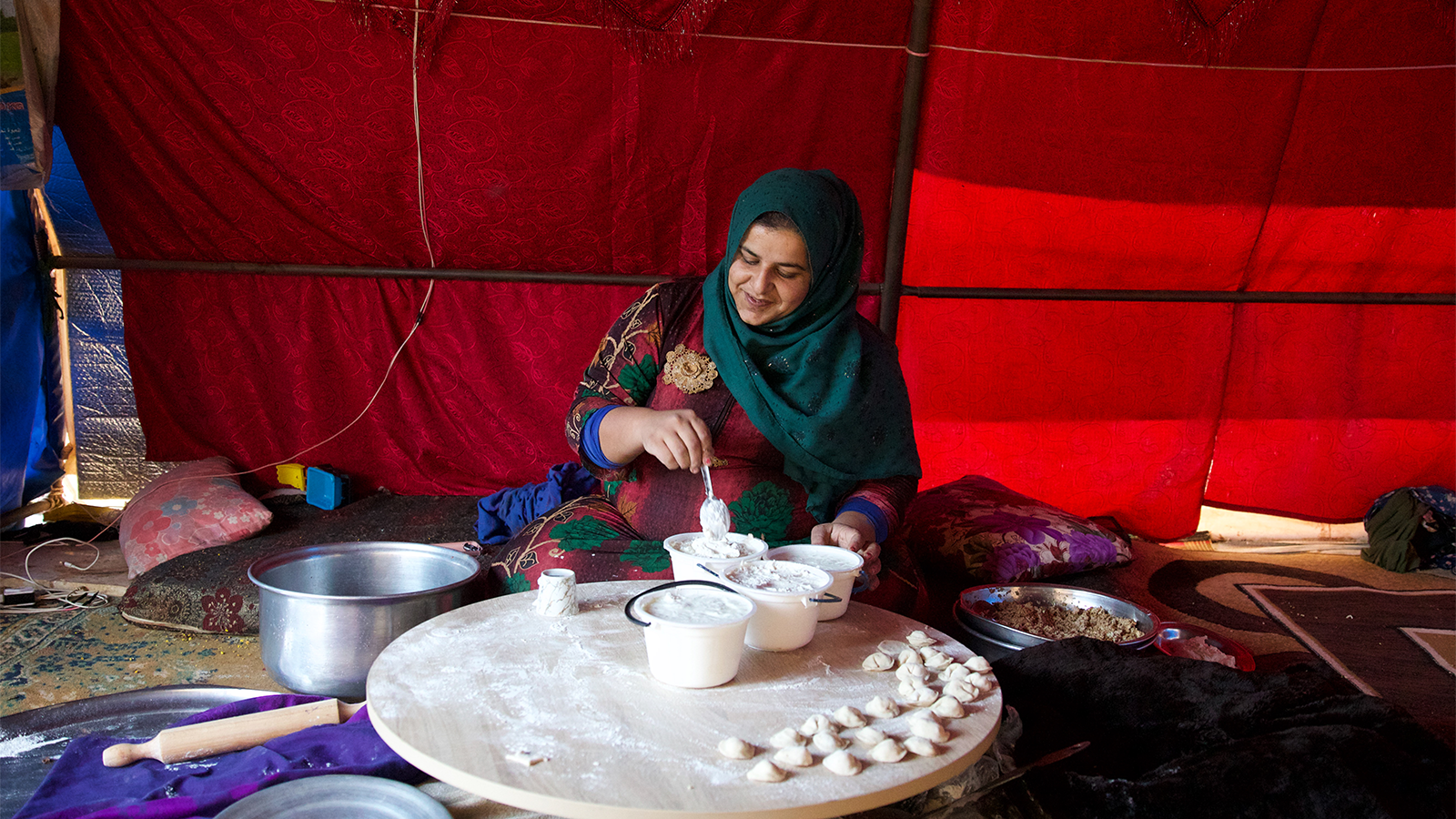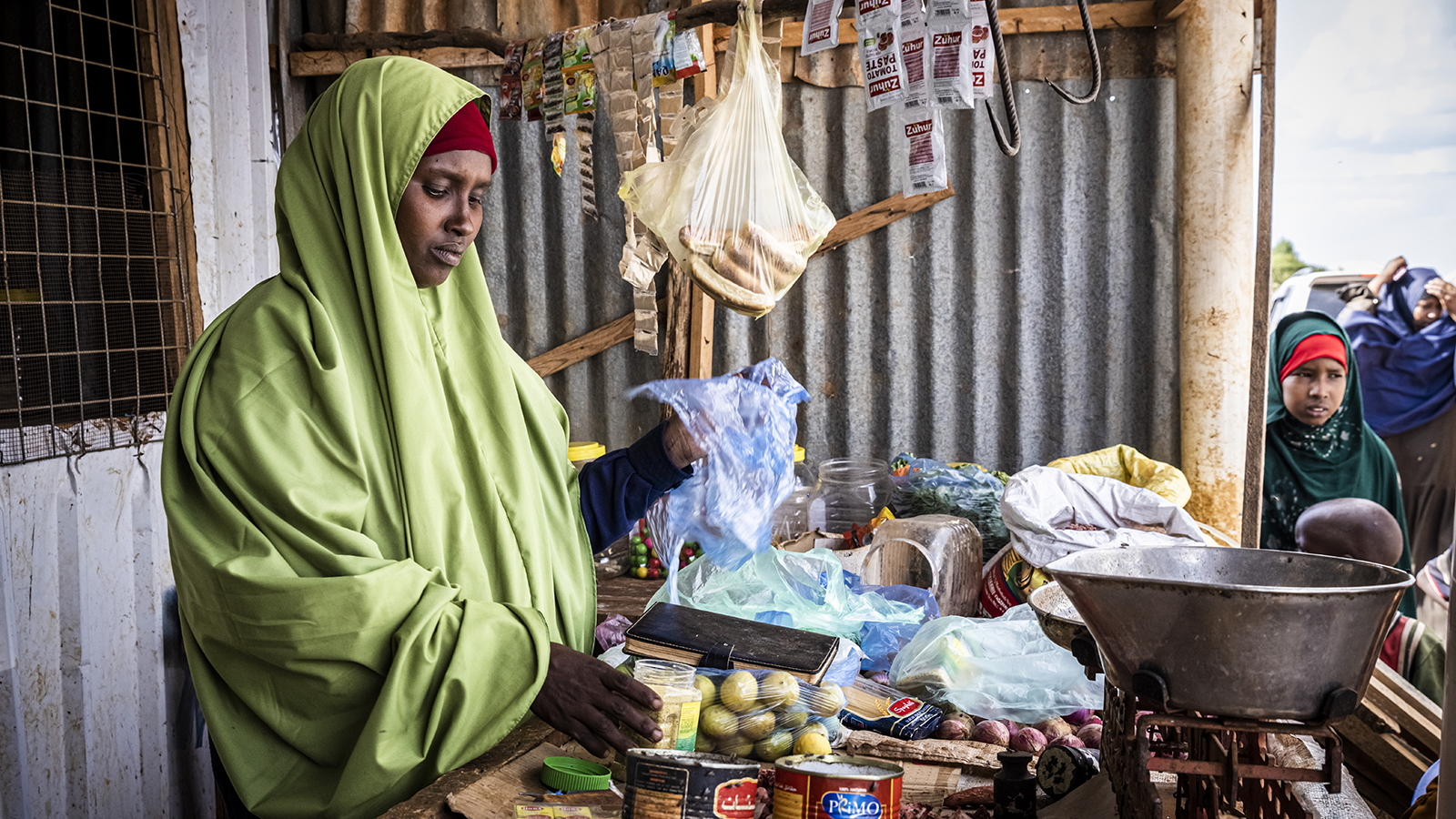Hunger is a pretty simple feeling to understand. But it’s also an incredibly complex issue that affects billions of people around the world.
Published annually by Concern Worldwide and Welthungerhilfe, the Global Hunger Index (GHI) gives us both a snapshot of current world hunger facts and figures, as well as a look at where we have (and haven’t) made progress, and what needs to change to get us closer to ensuring food security for all. Here’s what you need to know about world hunger in 2025.
World hunger by the numbers
- The world produces enough food to feed all of its 8 billion people, yet 733 million people (1 in 11) go hungry every day.
- Half of all child deaths are linked to malnutrition.
- 9 million people die from hunger-related causes every year.
- Hunger rates in Africa are especially high, with 1 out of 5 people going hungry each day.
- 2.8 billion people around the world (35% of the global population) cannot afford a healthy diet.
- That percentage is even higher in low-income countries, where 71.5% of people cannot afford a healthy diet.
- According to the 2024 Global Hunger Index, hunger levels in 36 countries are ranked at Serious.
- The 2024 Global Hunger Index also rates hunger levels as Alarming in 6 countries: Burundi, Chad, Madagascar, Somalia, South Sudan, and Yemen.
- The number of people experiencing hunger has gone up by approximately 152 million in the last five years.
- As of October 2024, the Integrated Food Phase Classification (IPC) estimates that 1.33 million people around the world are experiencing famine or famine-like conditions.
» Learn more about how we measure hunger for the Global Hunger Index
More world hunger facts for 2025
From the 2024 Global Hunger Index, here are five more things you need to know about world hunger in 2025.
1. We likely won’t reach Zero Hunger by 2030
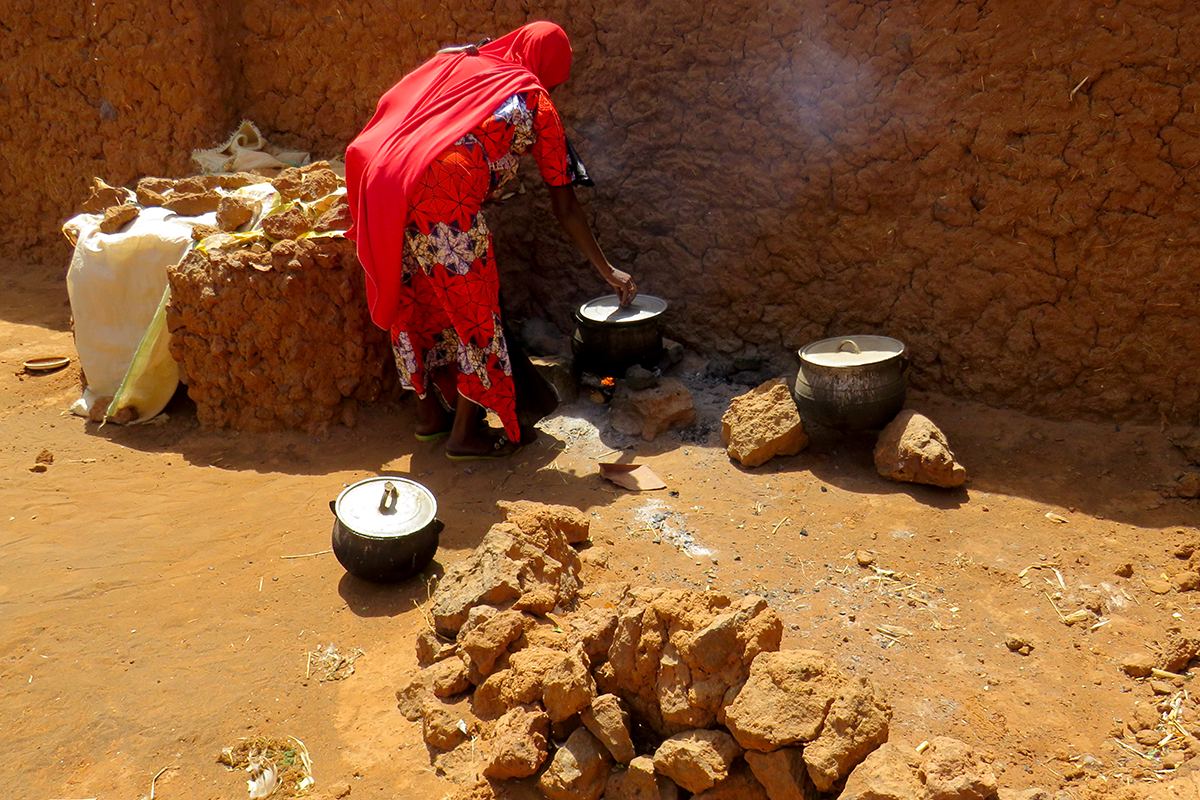
Over the past decade, progress against hunger has slowed to a troubling degree. The situation is most severe in sub-Saharan Africa and south Asia, which face rising undernourishment, child mortality, and child malnutrition rates, driven by poor diets, economic challenges, and the increasing impact of natural disasters.
With this in mind, the goal of reaching Zero Hunger by 2030 appears to be impossible. Moreover, if progress remains at the pace we’ve observed in the last decade, the world will not reach even low hunger levels until 2160 — more than 130 years from now.
2. Many countries are slipping backwards in their progress to end hunger

As we mentioned above, 42 countries rank as either Serious or Alarming in this year’s Global Hunger Index. In some cases (including Somalia and Mozambique), these numbers, while dire, still represent progress.
In 22 other countries, however, hunger has increased since 2016. Five countries with Moderate, Serious, and Alarming rates of hunger have gotten worse since 2000: Fiji, Jordan, Libya, Syria, and Venezuela. Moreover, another 20 countries with high GHI scores have either not changed at all, or declined by less than 5% since 2016.
3. We cannot separate hunger from the other challenges in our world
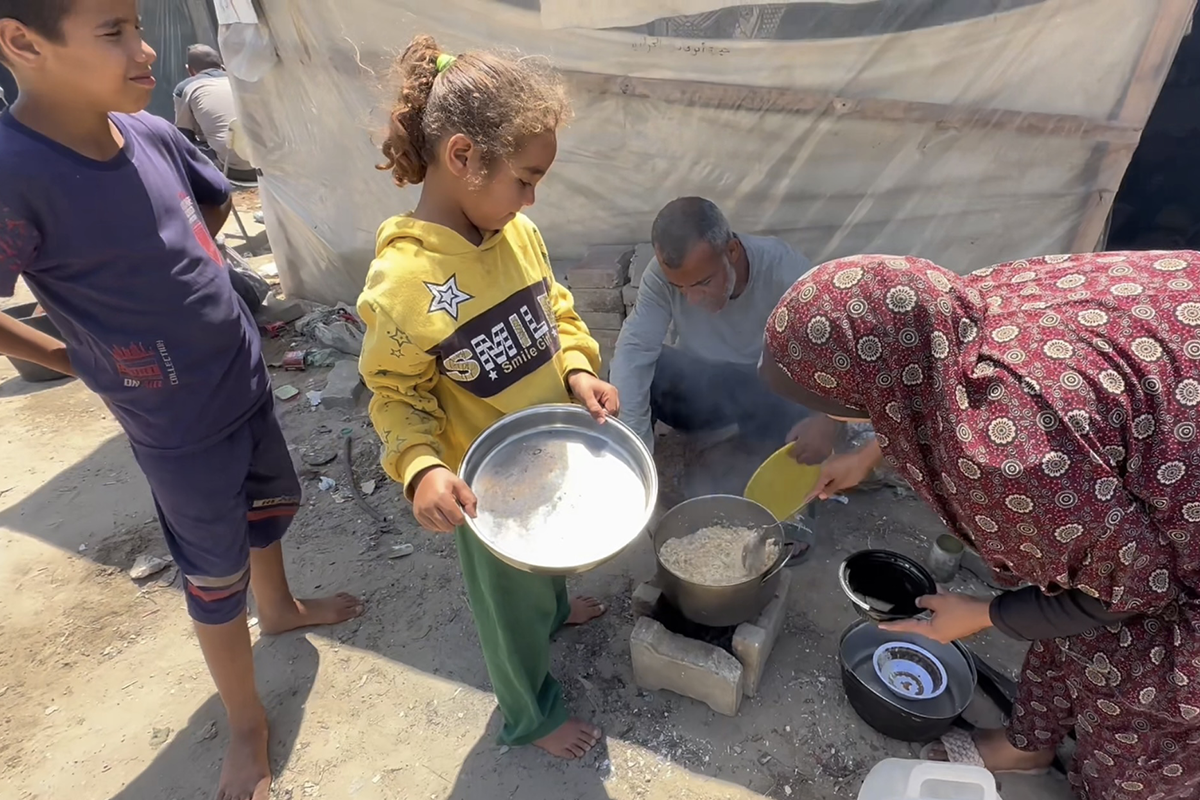
There’s a clear story behind this year’s GHI figures. The 2024 Global Hunger Index reflects a barrage of successive and overlapping challenges in the world, from conflict to natural disasters. These issues carry the severest impact for people with the fewest resources and coping mechanisms. Both conflict and weather emergencies like flooding and droughts have driven displacement for hundreds of millions of people, and the conflicts in Gaza and Sudan have led to famine being declared in both regions this year.
While extreme poverty in middle-income countries has decreased, income inequality is persistently high. Moreover, poverty in low-income countries and countries affected by some form of state fragility, conflict, or violence is still worse than before the pandemic.
4. Emergency food aid is important, but so are longer-term solutions
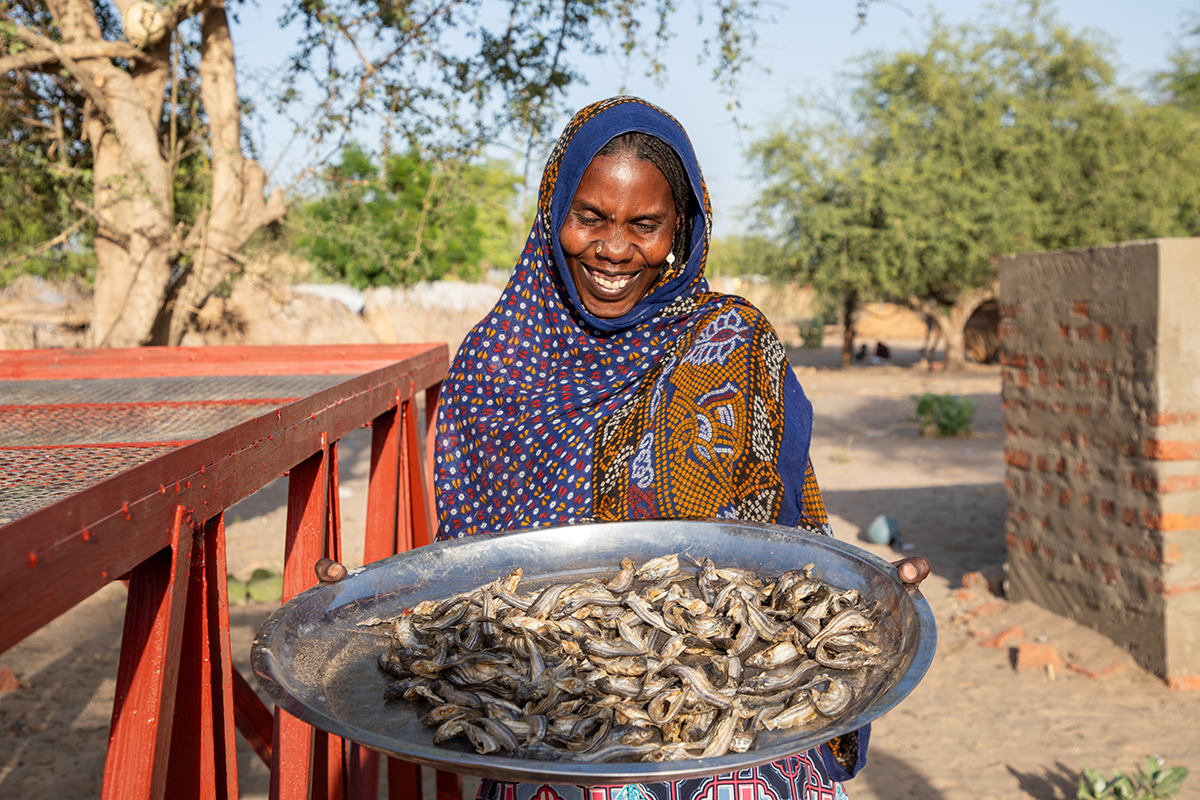
As noted above, hunger intersects with other issues in the world. In some cases, like war, emergency food supplies are key to alleviating in-the-moment needs as families are displaced overnight.
However, longer-term solutions are also key to ending world hunger for good, which is something we can also focus on in ways both big and small, such as planting drought-resistant crops or working with communities to build small businesses that in turn give families a better financial safety net for when an emergency hits.
5. The situation is grim, but it’s not hopeless
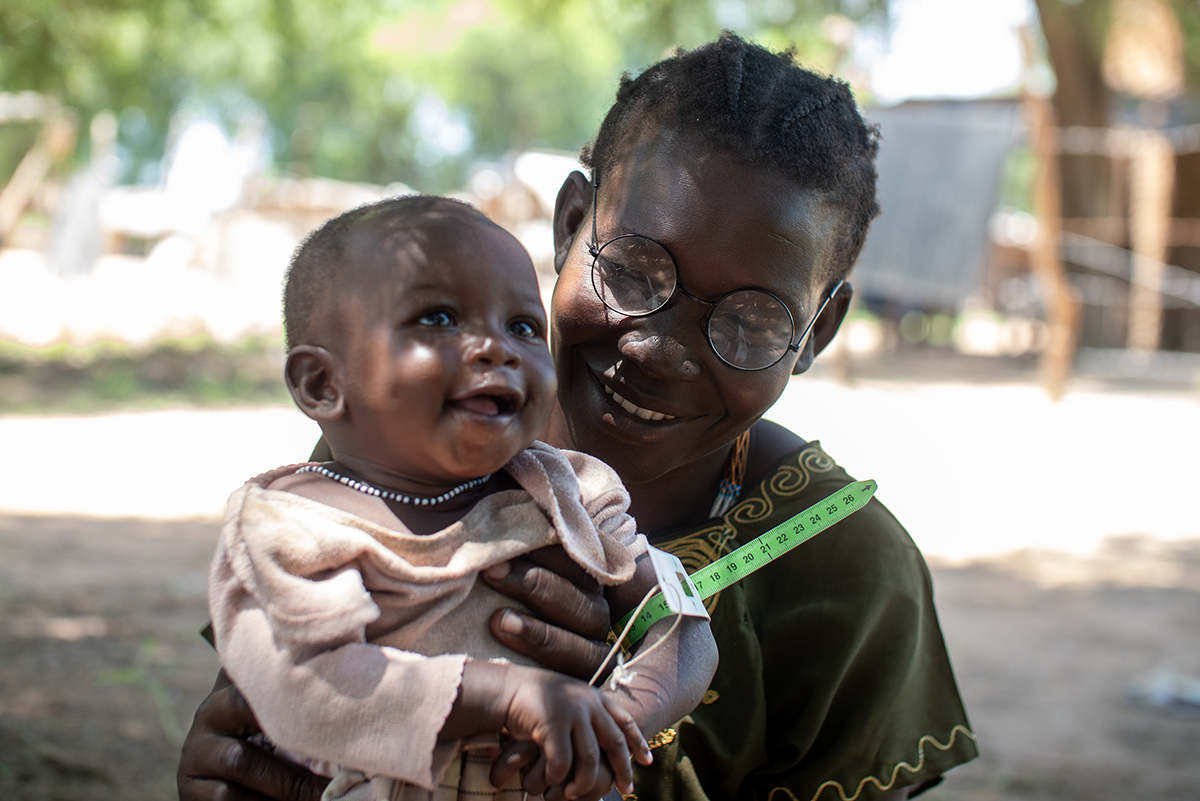
The news that the right to adequate food is out of reach for billions of people is grim. We need to face this reality, however it should not derail us from working to end hunger. If anything, the facts of hunger in 2024 (and a few months into 2025) should serve as a wake-up call to the world that we need to reverse the alarming trends that are increasing hunger, and accelerate progress towards supporting equitable, nutritious, and resilient food systems in the face of conflict and climate change.
We made incredible progress against hunger between 2000 and 2016, and this shows how much can be accomplished in just over a decade and a half. Over that period, the global GHI score fell by about 33%. We may not be alive to see hunger end within our lifetimes, but we have to protect the gains that have already been made, advance progress further, and ensure that the right to food for all receives the attention, resources, and actions it merits.
Concern’s work to end hunger
From Afghanistan to Yemen, Concern’s Health and Nutrition programs are designed to address the specific, intersectional causes of hunger and malnutrition in each specific context. Our projects often combine two or more of the following areas of focus: agriculture and climate response, maternal and child health, education, livelihoods, and water, sanitation, and hygiene (WASH).
We played a key role in developing Community Management of Acute Malnutrition (CMAM), which has been recognized by the World Food Program as the gold standard for treating malnutrition. Other recent successes, like Lifesaving Education and Assistance to Farmers (LEAF) have seen entire communities not needing humanitarian food aid for the first time in decades due to holistic and systemic shifts in agricultural practices and community care.
Last year alone, Concern reached 9 million people with health and nutrition programs in 21 countries. Your support can help us to do even more in the year ahead.

